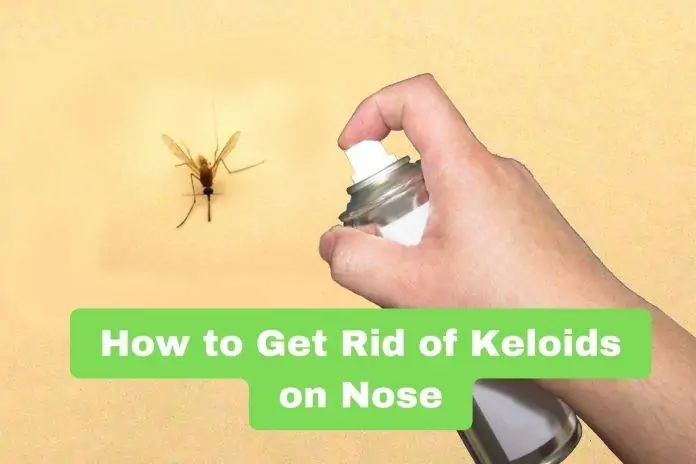If you’re wondering how to get rid of keloids on nose, you have come to the right place. In this article, you’ll learn about several effective treatments for this type of skin condition. The treatment methods you’ll learn about will include Aspirin, Radiation therapy, Cryotherapy, and Injections of corticosteroids.
Radiation therapy
For decades, radiation therapy has been used in the treatment of keloids. Although the method is safe, it can also cause side effects, such as cancer in the long-term. Keloids occur in a small number of wound healing cases. If they do not respond to surgery, radiation is often indicated.
Radiotherapy works by targeting inflammatory cells and rapidly growing fibroblasts. It can reduce the risk of recurrence. The most commonly reported side effects of radiotherapy include erythema, alopecia, and pigmentary changes.
Treatment of keloids has varied over the years, with several modalities being used. Some of these modalities include surgical excision, postoperative radiotherapy, cryotherapy, and injectables.
Injections of corticosteroids
If you have a keloid on your nose, you may be wondering how to get rid of it. There are many treatments available to help.
Steroid injections are one option. These can be injected into the scar tissue and help to reduce its size and shape. They can also help to soften the keloid and make it less noticeable.
Surgical excision is another method. Surgical excision of a keloid is not a permanent solution. However, it can reduce the risk of the keloid returning.
Related Post: Why Do I Have Back Acne
The treatment for keloids can vary depending on their location, the size, and how irritated they are. Treatments for keloids can include cryosurgery, compression garments, and radiation therapy.
Cryotherapy
Cryotherapy can be used to get rid of keloids on the nose. The procedure is safe, quick, and effective. However, it can also cause pain. To avoid discomfort, it is best to avoid the affected area.
Treatment for keloids can be performed in an outpatient clinic or in the doctor’s office. A dermatologist will tailor the treatment to the patient. Some treatments include steroid injections, pressure garments, or laser therapy.
Steroids are typically used to reduce the size of the scar and to soften the tissue. They may be injected into the scar or applied in the form of a gel. This can help to decrease redness and itchiness.
Contact dermatitis
Contact dermatitis is a skin rash that can appear on the face, nose and other parts of the body. It’s usually painful and itchy. A rash can be caused by contact with chemicals, allergens, and other irritants.
The rash can appear as soon as a few hours after being exposed to an irritant. However, in some cases, the symptoms can take months or even years to develop. If you aren’t sure what’s causing your rash, you may need to visit an allergy specialist.
Contact dermatitis can cause a red, itchy rash that may affect the eye, nose, mouth, and other areas of the body. Most people who get the rash heal on their own in two to three weeks. In more severe cases, a corticosteroid shot or pills may be necessary.
Aspirin
Aspirin is a drug that has been around for a long time. It is a commonly used anti-inflammatory drug and has been proven to have some useful applications. This includes the ability to reduce the risk of melanoma, which is a skin cancer that can occur on the limbs and face.
Keloids are a type of skin disease that can be very difficult to treat. They are lumpy, raised scars that appear when tissue overgrows. Usually they are larger than the wound they are covering. The scars may cause pain and discomfort and it’s important to get them removed as soon as possible.
The best way to do this is to apply a paste of aspirin to the affected area. Using aspirin on the keloid may be helpful for reducing its size and preventing it from growing.
Colloidal silver spray
If you’re looking for a way to get rid of keloids on nose, colloidal silver spray may be the answer. In fact, it’s a great treatment option for a number of skin problems.
Colloidal silver has long been known for its antibacterial and antifungal properties. It is also a powerful water purifier, meaning it’s able to kill bacteria and other infectious microbes.
When a person uses colloidal silver, the silver particles enter the cells to look for infectious organisms. As they do so, they disrupt the enzymes needed for survival. This helps to suffocate bacteria in six minutes.
Colloidal silver is known for its antibacterial, anti-fungal, and anti-inflammatory properties. When used on a regular basis, it can help the body heal faster and keep the skin clean.




